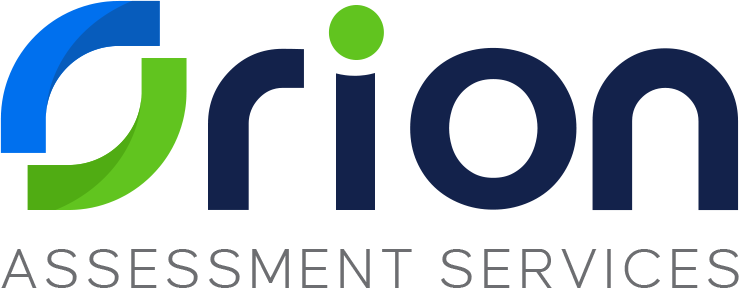ISO 45001: Occupational Health and Safety Management Systems
At Orion Assessment Services, we recognize that every organization is unique. The interpretation and enactment of ISO 45001 will vary according to industry, company size and pre-existing OH&S management systems. Trust us to help you manage the complexity of the requirements and provide you with the systems and intelligence you need. Our goal is to help you not just achieve certification but develop practical and safe processes that take your employees’ long-term wellbeing to heart.

Why Work with Orion on ISO 45001?
The fallout of COVID has forced many organizations to take a closer look at their health and safety programs to ensure they have taken all the required measures to protect their workers. At Orion, we can help you get to where you need to be.
We are currently the only firm endorsed by three industry associations to audit their members, and we reward this trust by only using auditors that have an overall customer satisfaction rating of 98% or better. Our auditors have over 15 years of auditing experience, making them seasoned and proven professionals.
Our vast and lengthy experience means that we truly understand the complex landscape of occupational health and safety management, including its typical processes, commonly used software, and industry terminology. As a result, our auditing services are efficient and effective, and we will work with you to establish mutual goals up front to make sure your needs are fully met. If you are looking to certify to multiple standards, we also provide integrated audits so you can achieve certification to multiple standards in one audit (e.g. ISO 9001 / ISO 14001 / ISO 45001 / R2), ultimately saving you both time and money.
What is ISO 45001?
Published in March 2018, the ISO 45001 standard outlines an Occupational Health and Safety (OH&S) management system that enables organizations to provide safe and healthy workplaces, prevent work-related injuries and continually improve their OH&S performance.
While ISO 45001 is not legally binding, organizations that achieve certification show they take the health and wellbeing of their employees seriously, enhancing their corporate image and making them more attractive in a competitive employee-recruitment environment.
When an organization implements an OH&S management system that conforms to the ISO 45001 standard, they can effectively manage their OH&S risks while fulfilling certain legal requirements.
Breakdown of the Standard
ISO 45001 is composed of the following main sections:
Context of the organization
Covers how to understand the context of the organization, the needs, and expectations of workers, and determining the scope and processes required to establish the OH&S management system.
Leadership and worker participation
Outlines the leadership and worker responsibilities in developing an effective OH&S management system including organizational roles, responsibilities and authorities, and the consultation and participation of workers.
Planning
Explores the actions needed to address risks and opportunities, hazard identification and assessment of risks, determination of legal requirements, and the planning required to achieve OH&S objectives.
Support
Topics include resources needed, determining necessary competence, worker awareness, organization communication systems, and processes and documentation.
Operation
How to plan, implement, control, and maintain the processes needed to meet the OH&S management system requirements. Includes eliminating hazards and reducing risks, the implementation and control of planned changes, procurement systems, use of contractors, and emergency preparedness and response.
Performance evaluation
Covers the monitoring, measurement, analysis, and evaluation of the OH&S management system including evaluation of compliance through internal audits and management review.
Improvement
Understanding there are always ways to get better, the standard also outlines strategies for organizations to identify opportunities for improvement and implement necessary actions.
Overview of the Audit Process

Sign the Agreement
Sign the Agreement

Perform GAP Audit (optional)
Perform GAP Audit (optional)

Perform Stage 1 Audit:Readiness Review
Readiness Review
This review is conducted to determine whether your organization is ready to move to Stage 2 Audit (Certification Audit) by confirming that:
- The management system addresses all the requirements of the standard.
- The management system has been implemented and the client is ready for the Stage 2 Audit (Certification Audit).
Note that a full management review and internal audit must occur prior to conducting the Stage 2 Audit (Certification Audit)

Perform Stage 2 Audit:Certification Audit
Certification Audit
This onsite audit is conducted to ensure that the processes and documents examined during the Stage 1 Audit (Readiness Review) are in use and that the system is implemented according to the requirements of the standard.
The key deliverables from this stage include:
- An audit report detailing positive aspects, issues for resolution (non-conformances), and areas for improvement.
- A recommendation regarding your registration.

Finalize Audit Report and Receive Certificate
Finalize Audit Report and Receive Certificate
The results from the Stage 1 and Stage 2 audits are reviewed to ensure that all Orion accreditation requirements have been met and a proper recommendation made. At this point, approval is given to either certify, seek clarification, or not certify.

Perform Surveillanceor Recertification Audit
Perform Surveillance or Recertification Audit
Registration is based on a 3-year cycle. To maintain your certification, your organization must participate in an onsite review each year. The first two are surveillance audits and only look at a portion of your system, whereas the third-year review (re-certification) is a more comprehensive audit and looks at your overall system for continued effectiveness.

Sign the Agreement
Sign the Agreement

Perform GAP Audit (optional)
Perform GAP Audit (optional)

Perform Stage 1 Audit:Readiness Review
Readiness Review
This review is conducted to determine whether your organization is ready to move to Stage 2 Audit (Certification Audit) by confirming that:
- The management system addresses all the requirements of the standard.
- The management system has been implemented and the client is ready for the Stage 2 Audit (Certification Audit).
Note that a full management review and internal audit must occur prior to conducting the Stage 2 Audit (Certification Audit)

Perform Stage 2 Audit:Certification Audit
Certification Audit
This onsite audit is conducted to ensure that the processes and documents examined during the Stage 1 Audit (Readiness Review) are in use and that the system is implemented according to the requirements of the standard.
The key deliverables from this stage include:
- An audit report detailing positive aspects, issues for resolution (non-conformances), and areas for improvement.
- A recommendation regarding your registration.

Finalize Audit Report and Receive Certificate
Finalize Audit Report and Receive Certificate
The results from the Stage 1 and Stage 2 audits are reviewed to ensure that all Orion accreditation requirements have been met and a proper recommendation made. At this point, approval is given to either certify, seek clarification, or not certify.

Perform Surveillanceor Recertification Audit
Perform Surveillance or Recertification Audit
Registration is based on a 3-year cycle. To maintain your certification, your organization must participate in an onsite review each year. The first two are surveillance audits and only look at a portion of your system, whereas the third-year review (re-certification) is a more comprehensive audit and looks at your overall system for continued effectiveness.

Sign the Agreement

Perform GAP Audit (optional)

Perform Stage 1 Audit:Readiness Review
This review is conducted to determine whether your organization is ready to move to Stage 2 Audit (Certification Audit) by confirming that:
- The management system addresses all the requirements of the standard.
- The management system has been implemented and the client is ready for the Stage 2 Audit (Certification Audit).
Note that a full management review and internal audit must occur prior to conducting the Stage 2 Audit (Certification Audit)

Perform Stage 2 Audit:Certification Audit
This onsite audit is conducted to ensure that the processes and documents examined during the Stage 1 Audit (Readiness Review) are in use and that the system is implemented according to the requirements of the standard.
The key deliverables from this stage include:
- An audit report detailing positive aspects, issues for resolution (non-conformances), and areas for improvement.
- A recommendation regarding your registration.

Finalize Audit Report and Receive Certificate
The results from the Stage 1 and Stage 2 audits are reviewed to ensure that all Orion accreditation requirements have been met and a proper recommendation made. At this point, approval is given to either certify, seek clarification, or not certify.

Perform Surveillanceor Recertification Audit
Registration is based on a 3-year cycle. To maintain your certification, your organization must participate in an onsite review each year. The first two are surveillance audits and only look at a portion of your system, whereas the third-year review (re-certification) is a more comprehensive audit and looks at your overall system for continued effectiveness.

